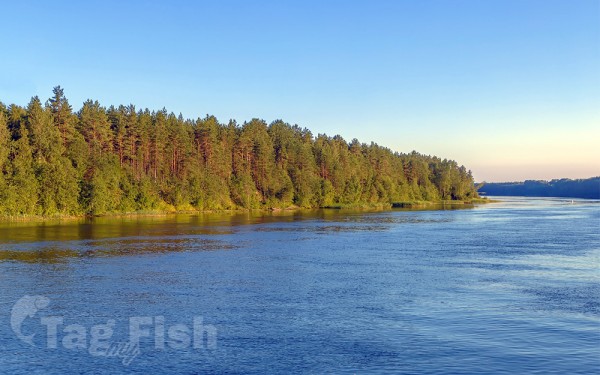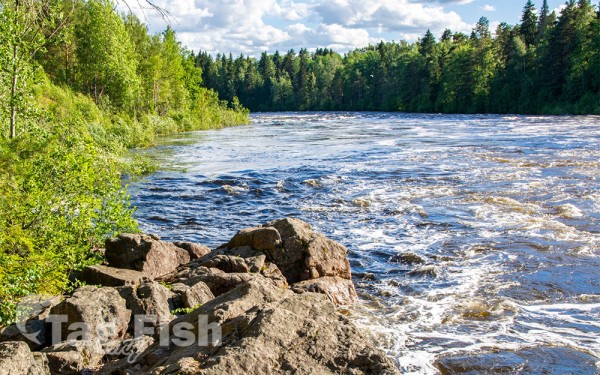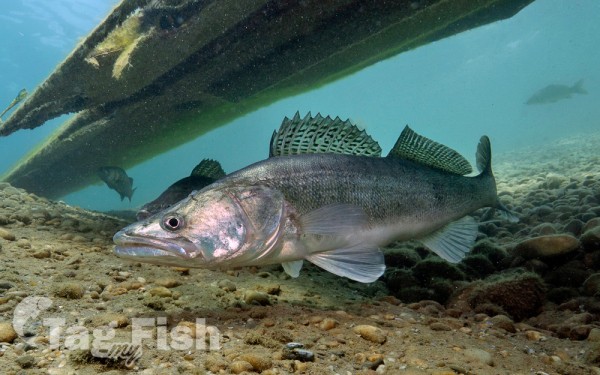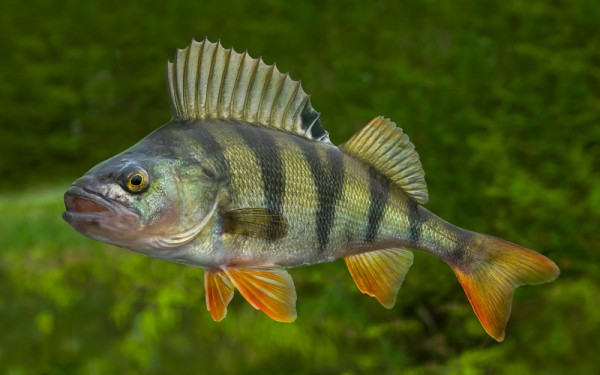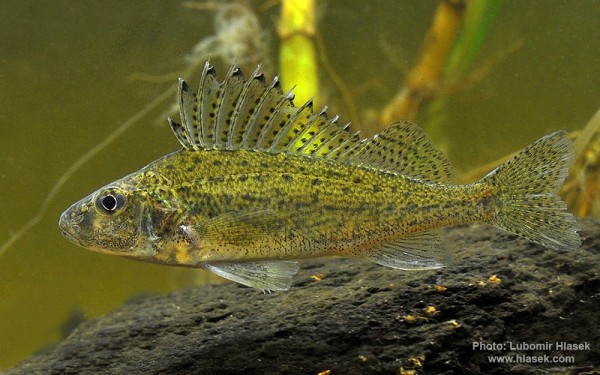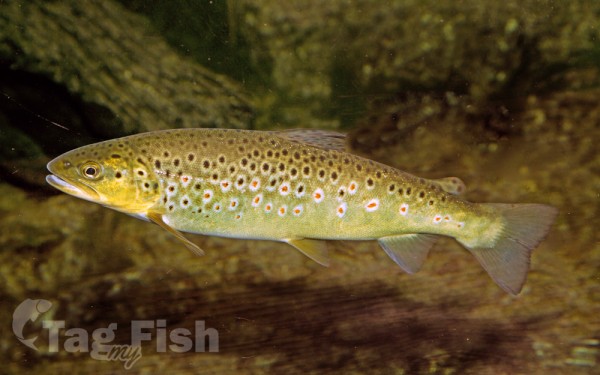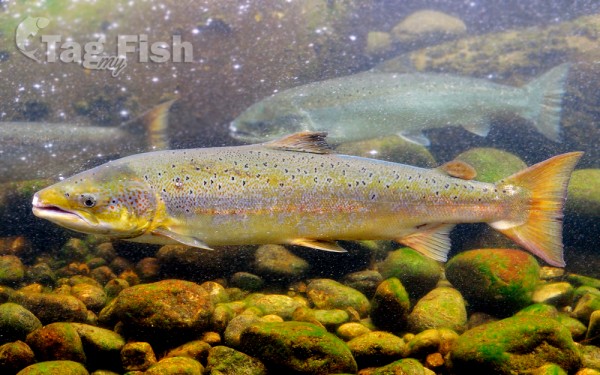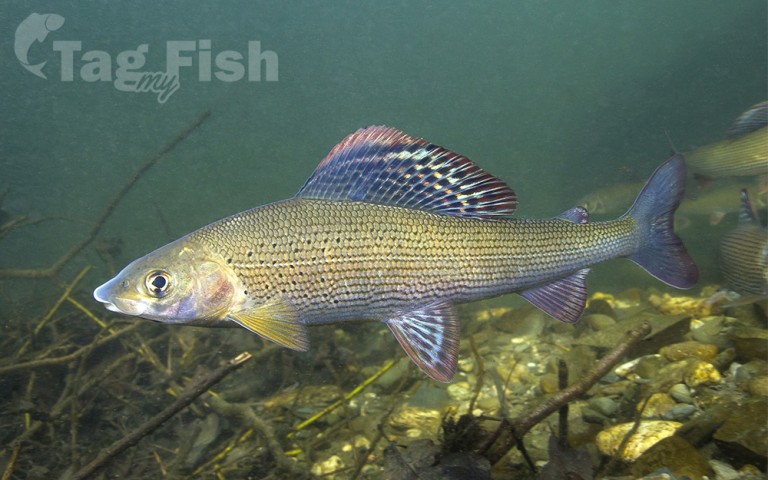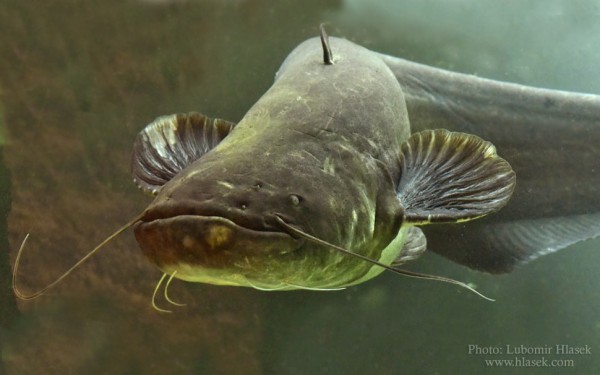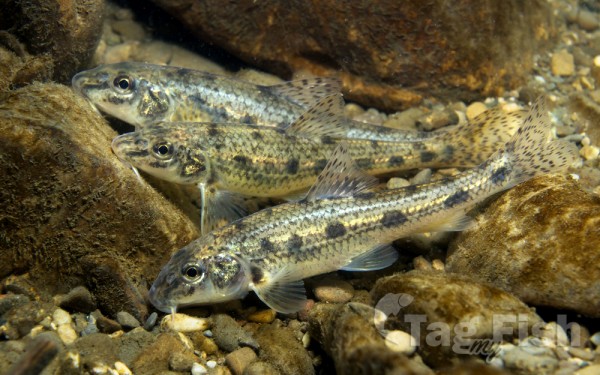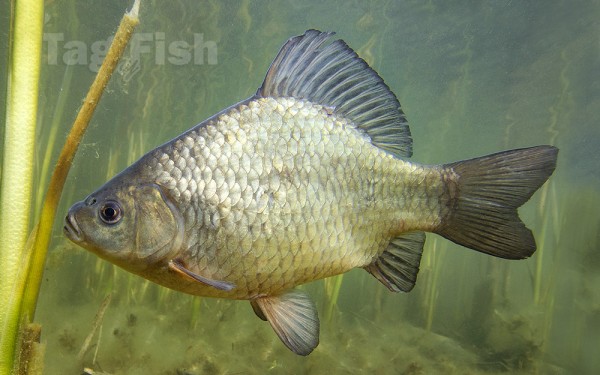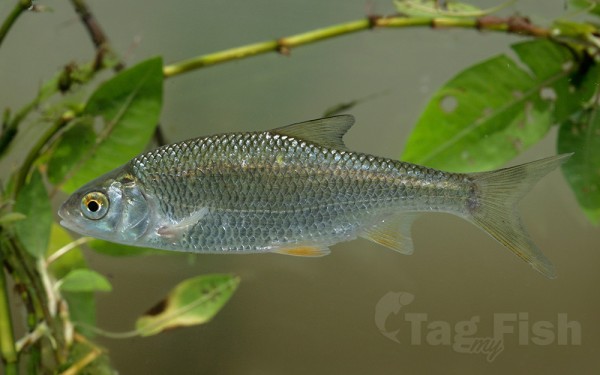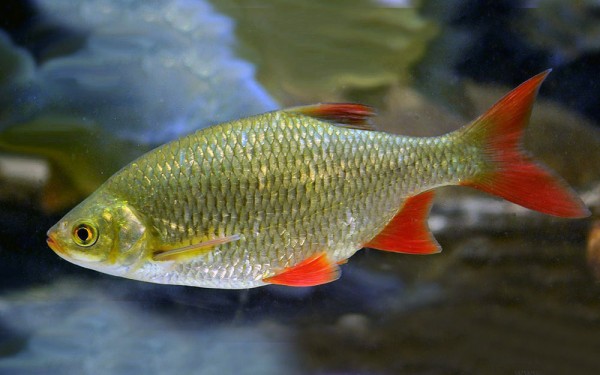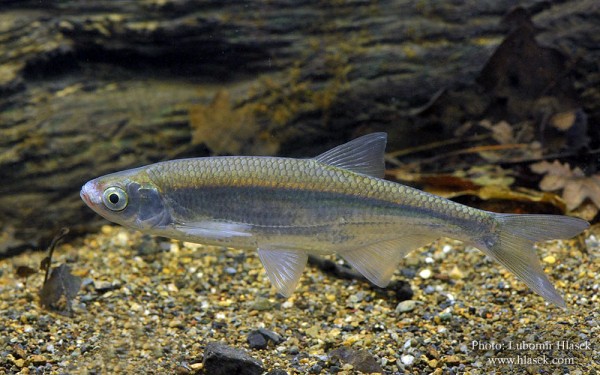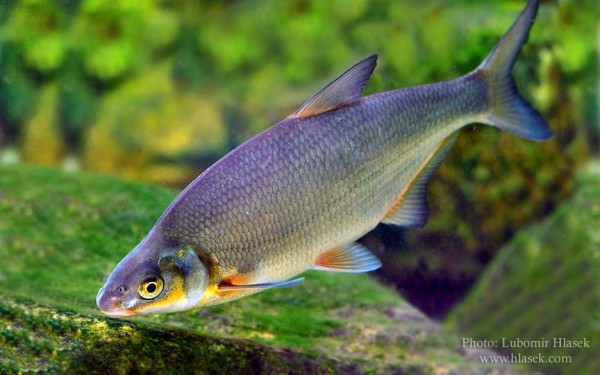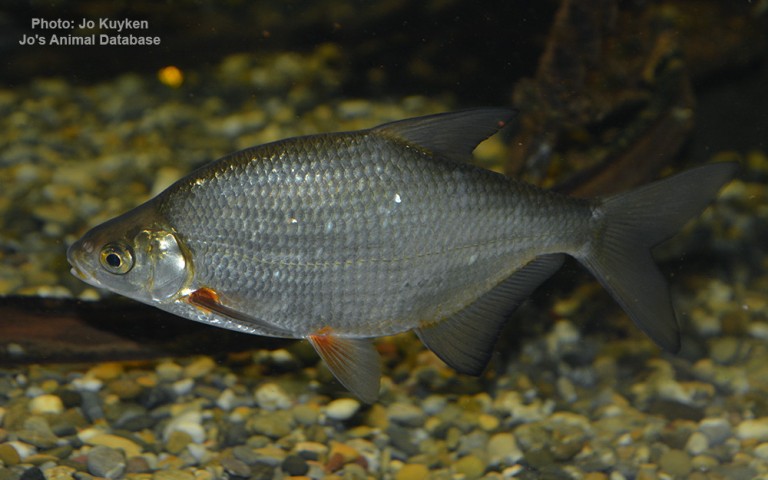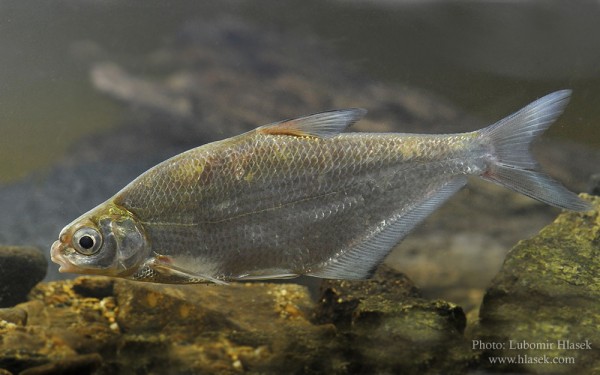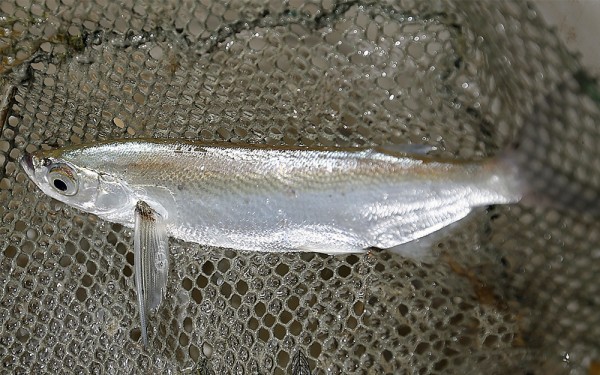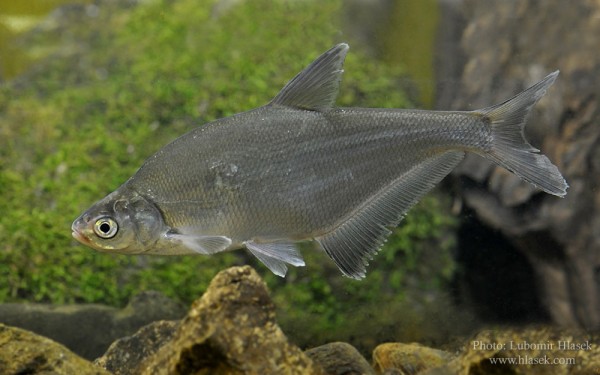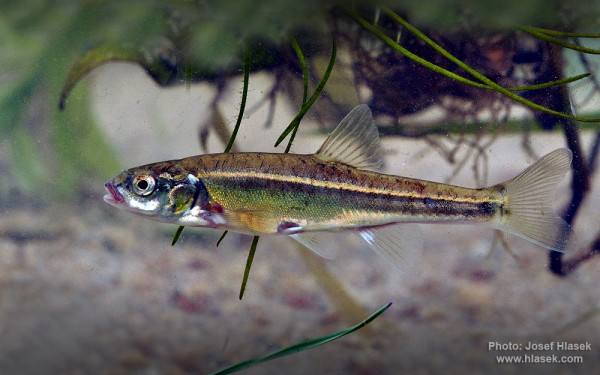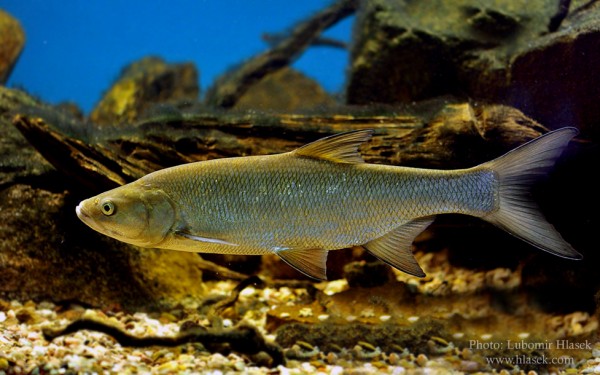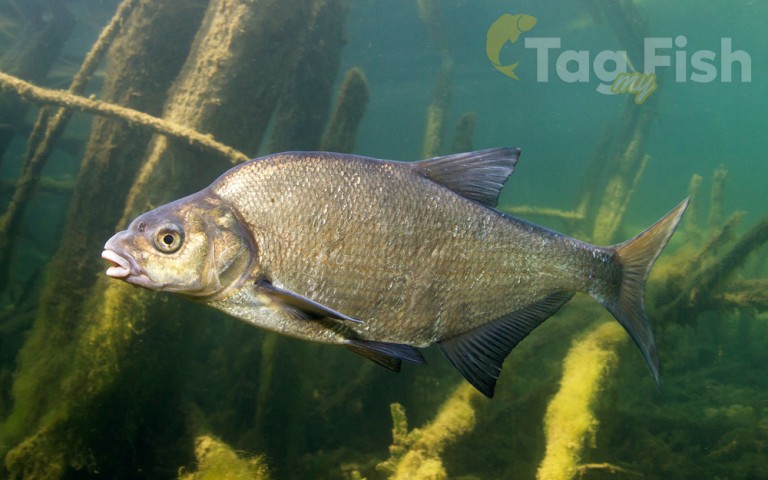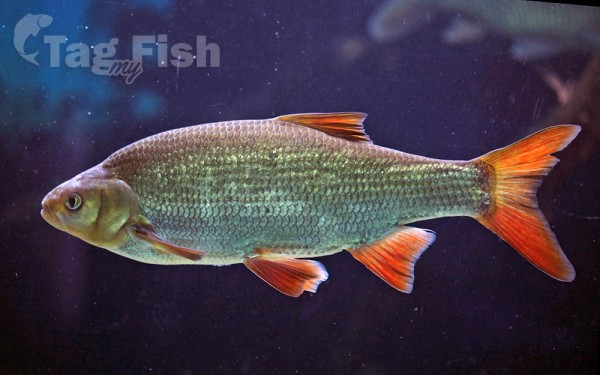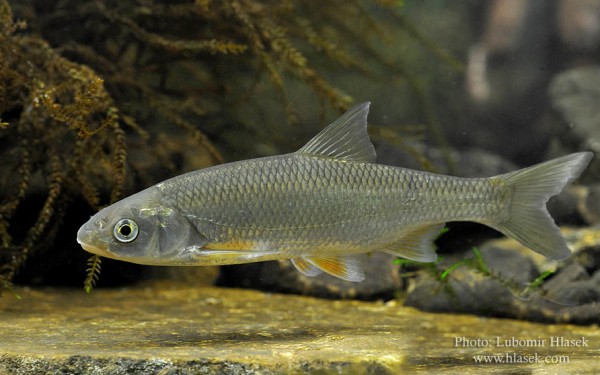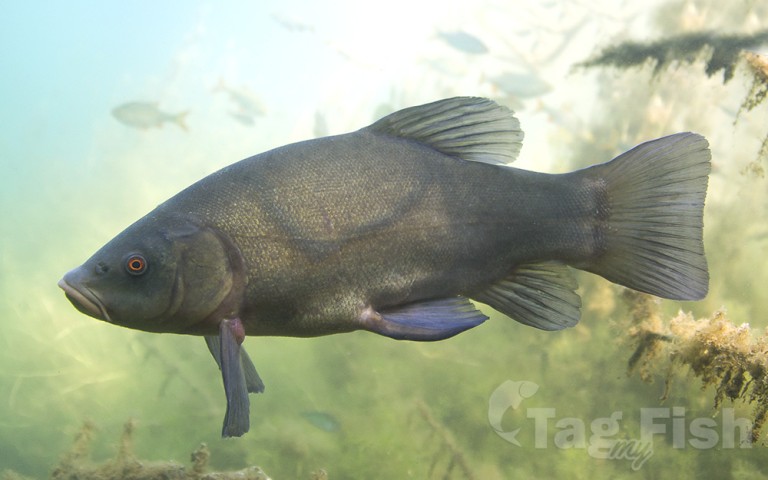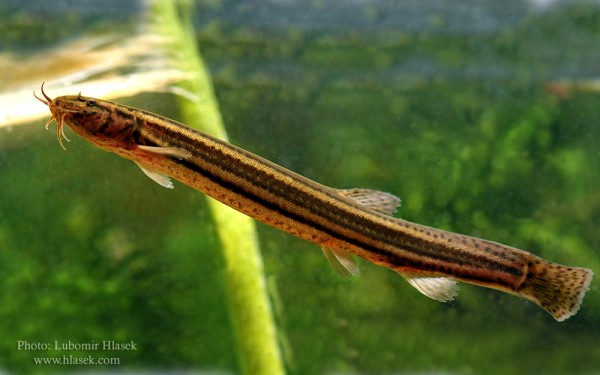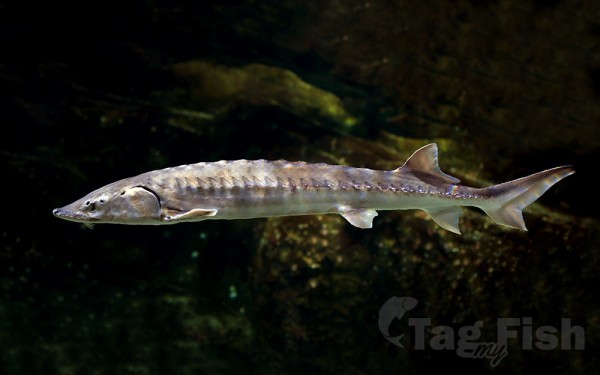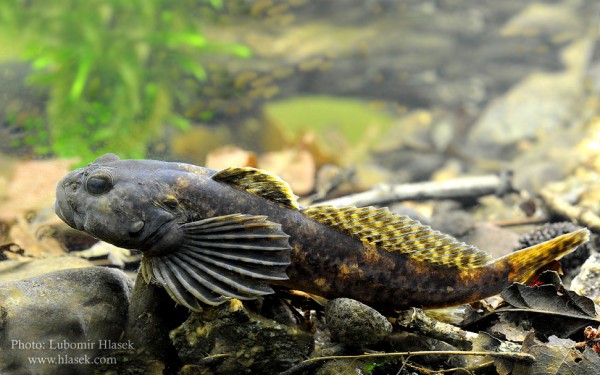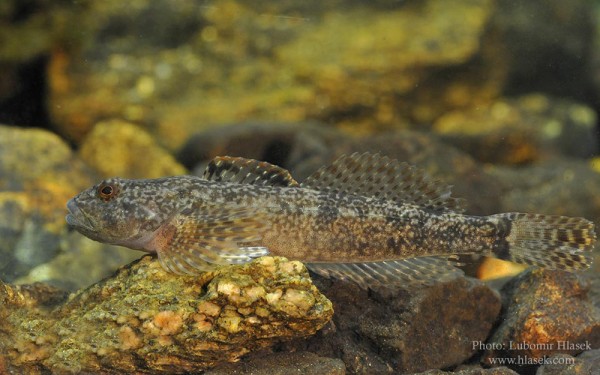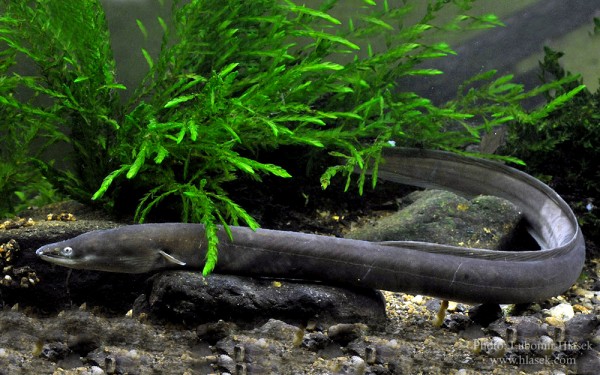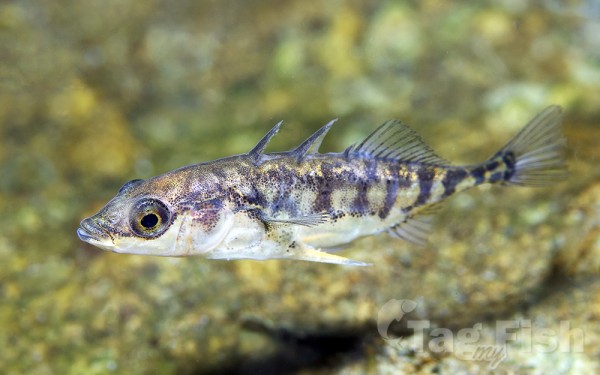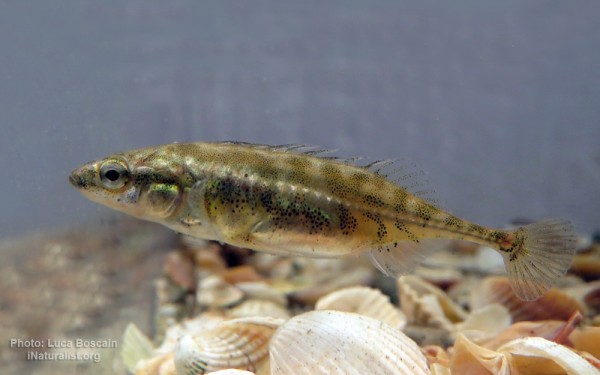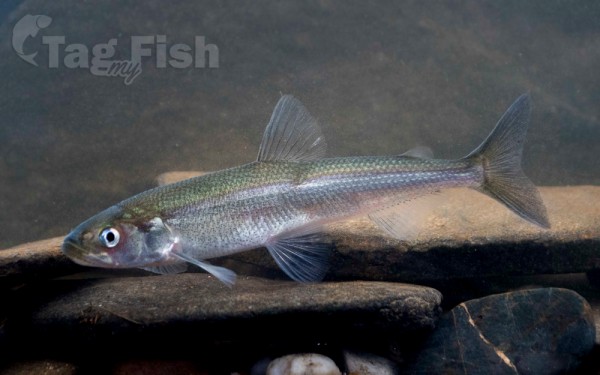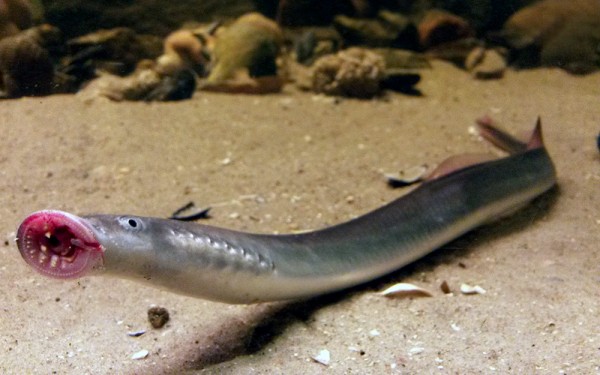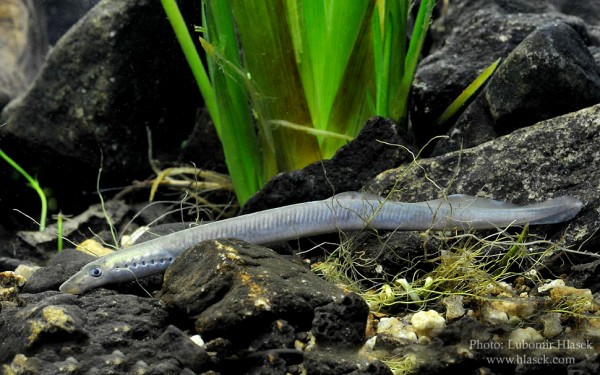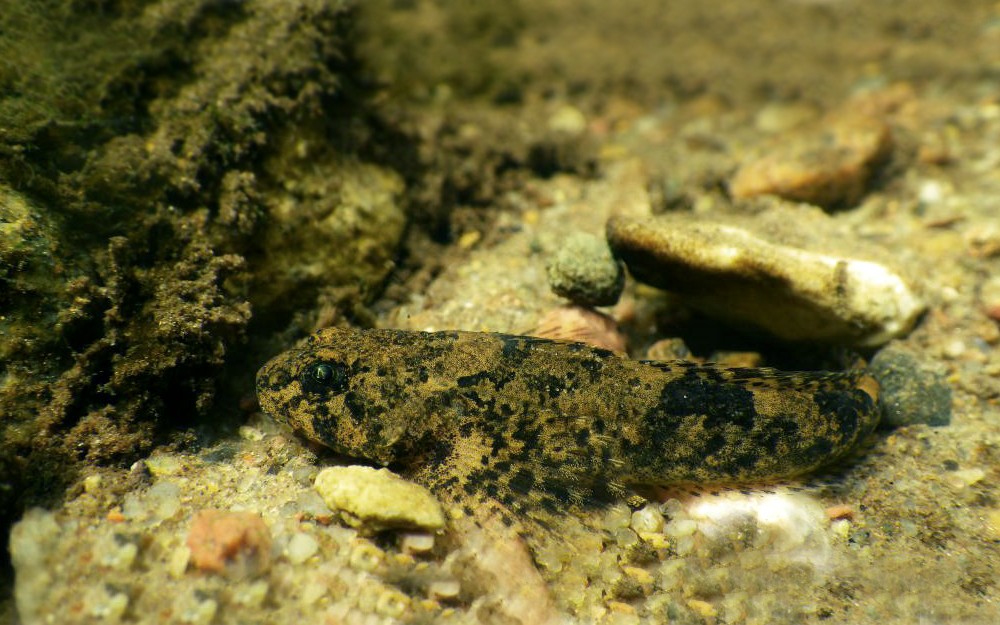Lake Ladoga
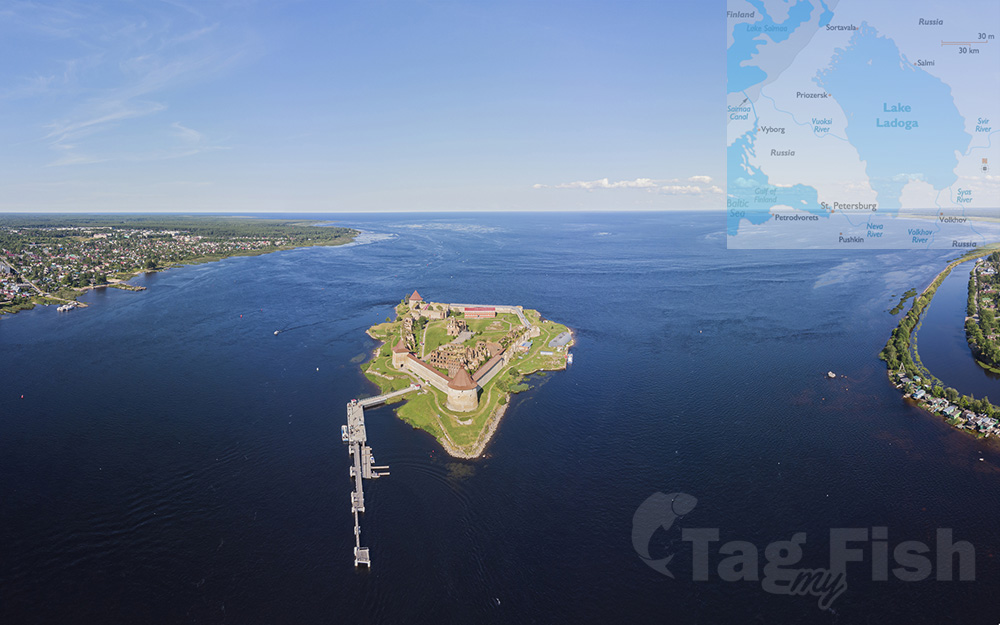
Perciformes - Perches
Salmoniformes - Salmons and Trouts
Esociformes - Pikes
Siluriformes - Catfishes
Cypriniformes - Carps
Acipenseriformes - Sturgeons and Paddlefish
Gadiformes - Cods
Scorpaeniformes - Mail-cheeked fishes
Anguilliformes - Eels and morays
Gasterosteiformes - Sticklebacks
Osmeriformes - Smelts
Petromyzontiformes - Lampreys
Perciformes - Perches
Salmoniformes - Salmons and Trouts
Esociformes - Pikes
Siluriformes - Catfishes
Cypriniformes - Carps
Acipenseriformes - Sturgeons and Paddlefish
Gadiformes - Cods
Scorpaeniformes - Mail-cheeked fishes
Anguilliformes - Eels and morays
Gasterosteiformes - Sticklebacks
Osmeriformes - Smelts
Petromyzontiformes - Lampreys
Perciformes - Perches
Salmoniformes - Salmons and Trouts
Esociformes - Pikes
Siluriformes - Catfishes
Cypriniformes - Carps
Acipenseriformes - Sturgeons and Paddlefish
Gadiformes - Cods
Scorpaeniformes - Mail-cheeked fishes
Anguilliformes - Eels and morays
Gasterosteiformes - Sticklebacks
Osmeriformes - Smelts
Petromyzontiformes - Lampreys
Lake Ladoga is a freshwater lake located in the Republic of Karelia and Leningrad Oblast in northwestern Russia, in the vicinity of Saint Petersburg.
It is the largest lake located entirely in Europe, the second largest lake after Baikal in Russia, and the 14th largest freshwater lake by area in the world.
The lake has an average surface area of 17,891 km2 (excluding the islands), slightly larger than Kuwait. Its north-to-south length is 219 km and its average width is 83 km; the average depth is 51 m, although it reaches a maximum of 230 m in the north-western part. Basin area: 276,000 km2, volume: 837 km3 (earlier estimated as 908 km3). There are around 660 islands, with a total area of about 435 km2. Ladoga is, on average, 5 m above sea level. Most of the islands, including the famous Valaam archipelago, Kilpola and Konevets, are situated in the northwest of the lake.
Separated from the Baltic Sea by the Karelian Isthmus, it drains into the Gulf of Finland via the Neva River.
Lake Ladoga is navigable, being a part of the Volga-Baltic Waterway connecting the Baltic Sea with the Volga River.
The Ladoga Canal bypasses the lake in the south, connecting the Neva to the Svir.
The basin of Lake Ladoga includes about 50,000 lakes and 3,500 rivers longer than 10 km. About 85% of the water inflow is due to tributaries, 13% is due to precipitation, and 2% is due to underground waters.
